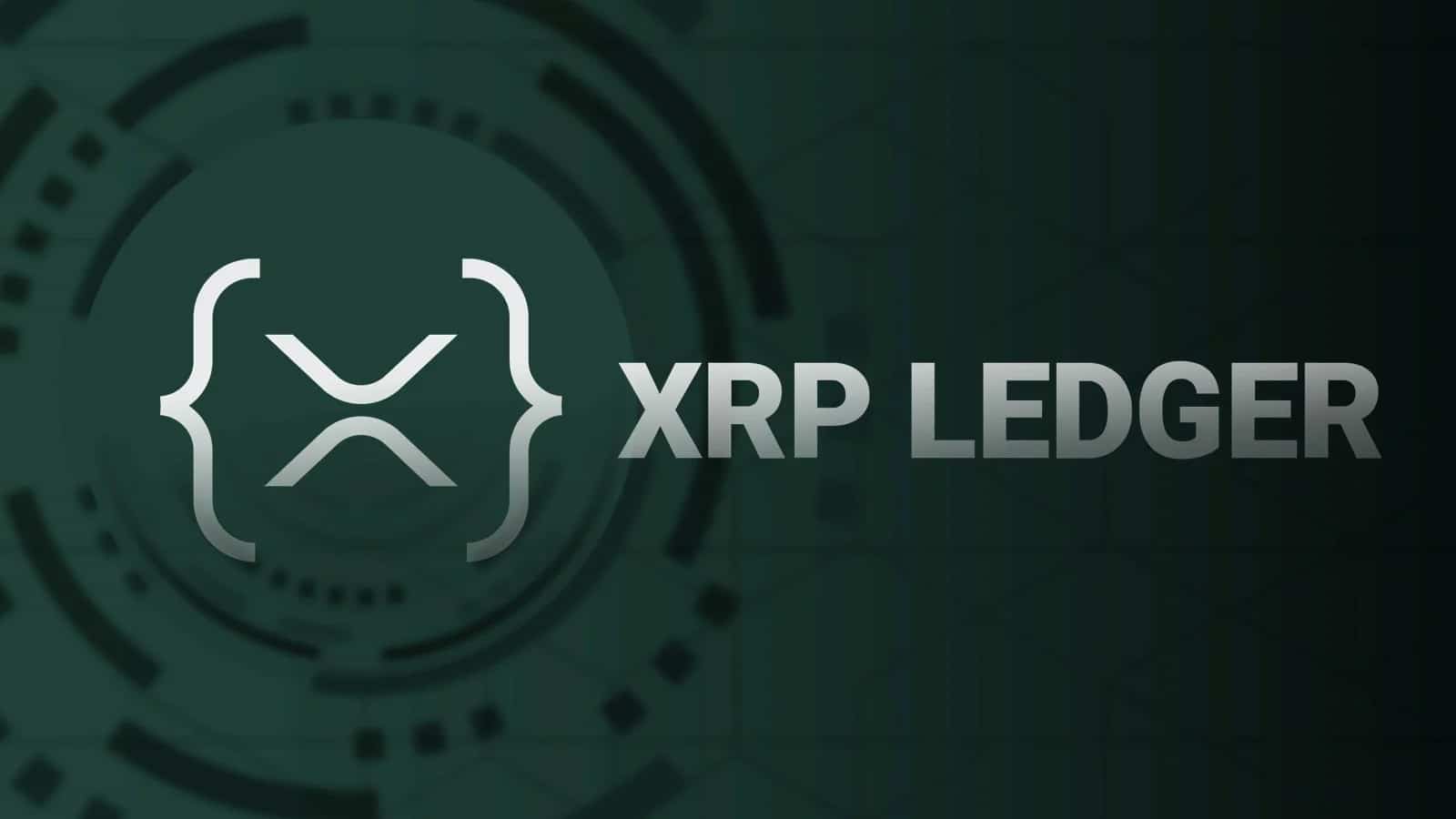Exploring the XRP Ledger: Features, Use Cases, Drawbacks & Comparison with Ethereum Blockchain
The XRP Ledger (XRPL) has become a prominent name in the blockchain ecosystem, known for its efficiency in cross-border payments, fast transaction speeds, and integration with financial institutions. But how does it truly compare with giants like Ethereum? In this comprehensive guide, we explore the key features, major utilities, drawbacks, and a detailed comparison between XRP Ledger and Ethereum.
🔍 What is XRP Ledger?
The XRP Ledger, launched in 2012 by Ripple Labs, is a decentralized, open-source blockchain that focuses on instant value transfers and payment settlements. Unlike many blockchains, it does not use Proof of Work or Proof of Stake. Instead, it relies on the Ripple Protocol Consensus Algorithm (RPCA), making it significantly faster and more energy-efficient than traditional blockchain networks.
⚙️ Major Utilities of the XRP Ledger
Here are the core use cases and functionalities that make the XRP Ledger stand out:
1. Efficient Cross-Border Payments
The XRP Ledger is built for real-time global payments. Its settlement time of ~3-5 seconds and low transaction costs make it ideal for international money transfers.
2. RippleNet Integration
RippleNet, Ripple’s payment network, is powered by the XRP Ledger. It allows financial institutions to send money globally, instantly, and reliably, without the need for traditional intermediaries like SWIFT.
3. Liquidity Bridge via XRP
XRP acts as a bridge currency, enabling liquidity on-demand and reducing the need for pre-funded nostro/vostro accounts. This dramatically cuts settlement costs and time.
4. Interoperability with Financial Systems
The XRPL supports interoperability with existing financial systems and APIs, allowing seamless integration without overhauling legacy infrastructure.
5. Built-in Decentralized Exchange (DEX)
The XRP Ledger has a native decentralized exchange, allowing peer-to-peer asset trading directly on-chain with low fees and no smart contract risk.
🌟 Key Features and Advantages of XRP Ledger
Let’s explore what makes the XRP Ledger a preferred blockchain for payment use cases:
- High Scalability: Capable of processing up to 1,500 transactions per second (TPS).
- Low Fees: Typical transaction cost is less than $0.001, making micropayments feasible.
- Environmentally Friendly: Uses minimal energy due to its consensus mechanism.
- Reliability: The ledger has been operational without failure since its inception.
- Deterministic Finality: Transactions are confirmed within seconds and are irreversible.
⚠️ Disadvantages of XRP Ledger
Despite its strengths, the XRP Ledger has several criticisms and limitations:
1. Perception of Centralization
Ripple Labs owns a significant share of the total XRP supply, leading to concerns about centralized control and token price manipulation.
2. Limited Smart Contract Capabilities
Unlike Ethereum, XRP Ledger does not natively support Turing-complete smart contracts. This restricts its use in DeFi, NFTs, and DApp development.
3. Regulatory Scrutiny
Ripple’s ongoing legal battles with the U.S. SEC over XRP’s status as a security have created regulatory uncertainty around the project.
🔄 XRP Ledger vs Ethereum: A Detailed Comparison
| Feature | XRP Ledger (XRPL) | Ethereum (ETH) |
|---|---|---|
| Launch Year | 2012 | 2015 |
| Consensus Mechanism | Ripple Protocol Consensus Algorithm (RPCA) | Proof of Stake (PoS as of Ethereum 2.0) |
| Transaction Speed | ~3-5 seconds | ~15 seconds (Layer 1), faster with Layer 2s |
| TPS (Scalability) | Up to 1,500 TPS | 15–30 TPS (Layer 1), scalable with Layer 2 |
| Smart Contracts | Limited | Full smart contract support |
| Primary Use Case | Cross-border payments, liquidity solutions | DeFi, NFTs, dApps, and smart contracts |
| Decentralized Exchange | Built-in DEX | External DEXs like Uniswap, Sushiswap |
| Fees | Very low (fractions of a cent) | Higher (especially during congestion) |
| Energy Use | Extremely low | Reduced significantly post-Ethereum 2.0 upgrade |
📈 Is XRP Ledger Better Than Ethereum?
The XRP Ledger excels in payments, remittances, and low-fee fast transactions, making it ideal for financial institutions and global money transfers.
On the other hand, Ethereum dominates in programmability, smart contracts, and hosting dApps. Its upgrade to Ethereum 2.0 (PoS) also makes it more scalable and sustainable.
Conclusion:
- Choose XRP Ledger for real-time, low-cost cross-border payments.
- Choose Ethereum for smart contract development, DeFi, NFTs, and Web3 applications.
📝 Final Thoughts: The Future of XRP Ledger
The XRP Ledger presents a streamlined solution to a real-world problem — the inefficiency of global payments. With growing adoption through RippleNet, and increasing attention from banks and regulators, the XRP Ledger continues to play a crucial role in the blockchain space.
However, its specialized focus means it may never fully compete with the developer flexibility of Ethereum. Both blockchains cater to different needs and are likely to co-exist and complement each other in the broader crypto ecosystem.




